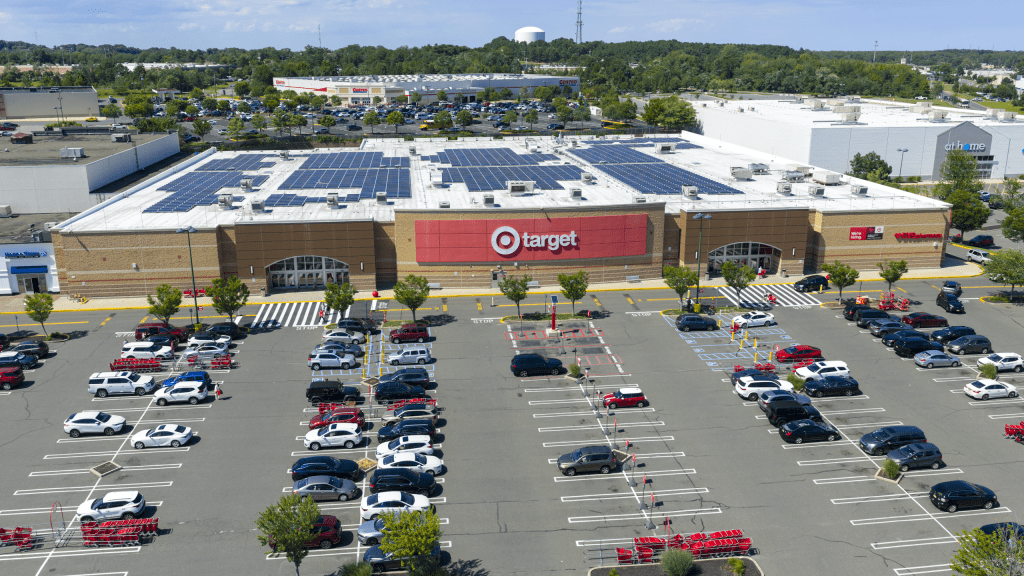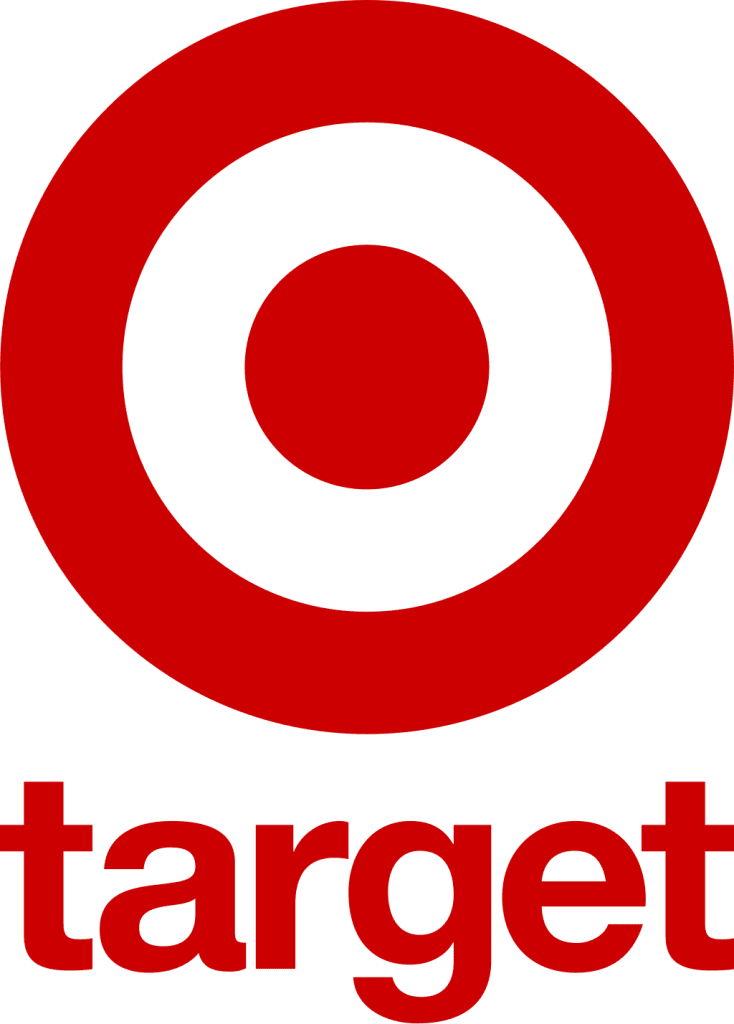
The Dawn of Target
In the early morning chill of Roseville, Minnesota, on May 1, 1962, a red bullseye sign lit up for the first time. Behind it stood Dayton’s department store, launching an experiment they called Target—a discount store with the atmosphere of a department store.
As neighbors poured through the doors, the mission was clear: not just cheap, but stylishly affordable. What started as a small experiment soon became Target’s DNA. From the Dayton-Hudson merger in 1969 to officially adopting the “Target Corporation” name in 2000, the company’s very identity became inseparable from its brand.
The “Tar-zhay” Transformation
By the late 1990s, executives faced a hard truth: “We can’t beat Walmart in a price war. But we can buy design.”
That decision led to a new nickname: Tar-zhay. In 1999, world-renowned architect Michael Graves unveiled a line of teakettles, toasters, and bathroom accessories that blended everyday utility with elegant design—all at affordable prices.
Target rolled out its iconic slogan—“Expect More. Pay Less.”—and pioneered a new retail model: designer collaborations at mass-market prices. From Graves to Missoni, Lily Pulitzer, and beyond, the aisles began to feel like curated galleries of affordable style.
Crisis and Setbacks
But the bullseye didn’t always hit the mark.
The 2013 Data Breach
During the 2013 holiday season, Target suffered one of the largest data breaches in U.S. retail history. Hackers exploited a third-party vendor’s credentials, stealing 40 million credit and debit card records and the personal data of 70 million customers. CEO Gregg Steinhafel later resigned. The breach didn’t stop shoppers entirely, but it damaged trust.
The Failed Canadian Expansion
In 2011, Target bet big on Canada, acquiring Zellers leases and opening 133 stores in just two years. But shelves sat empty due to supply-chain failures, and customers complained about higher-than-expected prices. By 2015, Target exited Canada, writing off $5.4 billion. The lesson was blunt: speed without infrastructure is failure.
Reinvention: Stores as Hubs
Resilience has always been Target’s strength. By 2017, leadership reframed its greatest asset—its nationwide stores—not just as sales floors but as logistics hubs. The $550M acquisition of Shipt accelerated same-day delivery.
This “store-as-a-hub” strategy turned parking lots into Drive Up lanes, stores into fulfillment centers, and associates into last-mile operators. The model flourished, especially during the 2020 pandemic, when Drive Up exploded as a lifeline for customers.
As one executive put it: “We’re not warehouses—we own the last 10 miles of America.”
The Challenges of Modern Retail
Even reinvention couldn’t shield Target from retail’s shadows.
- Organized Retail Theft (2023): Target shuttered nine stores across four states, citing theft and safety risks. Leadership reaffirmed its two top values: safety and community trust.
- Cultural Flashpoints: The 2023 Pride merchandise controversy highlighted the balancing act between inclusivity, safety, and customer expectations. For Target, culture wars weren’t abstract—they were about what to stock, where to place it, and how to protect both employees and customers.
The Bullseye Promise
Through decades of turbulence, Target never abandoned its signature blend of affordability and taste. Designer partnerships remained fresh, its in-house brands expanded, and the red carts kept rolling.
Today, Target’s data shows a simple but powerful truth: the majority of Americans live within 10 miles of a store. That proximity, powered by Drive Up, same-day delivery, remodeled stores, and trusted private labels, is its competitive edge.
When the cashier asks, “Did you find everything you were looking for?”—that question captures the heart of Target’s retail philosophy: delivering more than price. It’s about convenience, community, and the enduring promise of Expect More. Pay Less.


I read the article well. Thank you.